Instruction
The role of the lead arm: Rotate, don’t pull for consistent contact
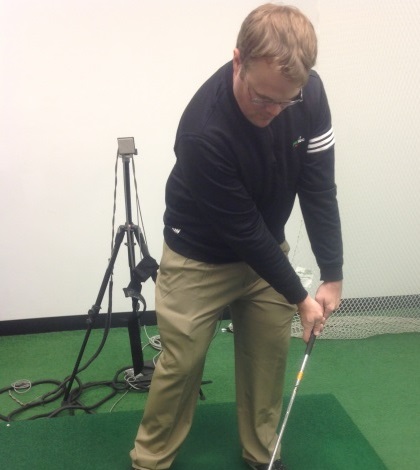
Many golfers who come to me for swing help (especially golfers who struggle with distance) have been told that by someone that they “release the club too soon.”
The theory behind the advice is not bad, because the hands need to stay in front of the club head to create the downward angle of attack at impact required for every club in the bag besides the driver. However, if the hands are not moving correctly during the downswing (which happens quite a bit when golfers tries to delay their release) golfers will have no choice but to release their hands early to square the club face.
Learning the correct way to bring the hands into the golf ball by rotating the lead arm makes it very difficult to release the club too early, which allows golfers to achieve a desired impact position with a square club face.
Many of my students describe the start of their downswing as a “pull” of the handle from the top. In theory, this move makes sense. If golfers pull the handle down (from the top of the backswing), then the club head will stay behind the hands. That should create the desired position of having the hands ahead of the club and the club shaft leaning forward at impact, right? Maybe, but most golfers who try to execute such a movement see inconsistent results.
The issue with trying to “pull” the club handle down in the downswing is that the club face remains open for too long. That means that golfers will need to get their hands involved late in the downswing to square the club face.
After pulling the club handle down, the club head is too open heading into impact. That means the hands must be used to square the club.
When I teach students the transition (the change from the backswing to the downswing), I emphasise the proper “release” of the club and the role the lead arm plays. At the start of the downswing, the lead arm has to begin to rotate as it moves down and around the body. By rotating the lead arm, the hands can still lead the club head into the golf ball, but the club face can also be squared without having to to get the hands too involved.
The lead arm has rotated so the lead wrist is pointing at the target. In the photo above, not only are our hands leading into impact, but the club face is square as well.
The easiest way to illustrate the feeling is to make swings with a wristwatch on your lead wrist. From the top of the swing, feel as if you are rotating the face of the watch down and through the golf ball so at impact the face points to the target with a flat leading wrist. When most golfers begin the downswing by pulling the handle of club down from the top of the swing, the watch points too far to the right (for a right-handed player).
Trying to not release the golf club too early is a great thought to have for consistent contact and longer shots, but it is important to learn the proper lead arm rotation to avoid having to make last-minute compensations at impact.
- LIKE200
- LEGIT27
- WOW19
- LOL13
- IDHT6
- FLOP12
- OB7
- SHANK33
Instruction
Clement: Stop ripping off your swing with this drill!

Not the dreaded headcover under the armpit drill! As if your body is defective and can’t function by itself! Have you seen how incredible the human machine is with all the incredible feats of agility all kinds of athletes are accomplishing? You think your body is so defective (the good Lord is laughing his head off at you) that it needs a headcover tucked under the armpit so you can swing like T-Rex?
- LIKE0
- LEGIT1
- WOW2
- LOL0
- IDHT0
- FLOP0
- OB0
- SHANK2
Instruction
How a towel can fix your golf swing

This is a classic drill that has been used for decades. However, the world of marketed training aids has grown so much during that time that this simple practice has been virtually forgotten. Because why teach people how to play golf using everyday items when you can create and sell a product that reinforces the same thing? Nevertheless, I am here to give you helpful advice without running to the nearest Edwin Watts or adding something to your Amazon cart.
For the “scoring clubs,” having a solid connection between the arms and body during the swing, especially through impact, is paramount to creating long-lasting consistency. And keeping that connection throughout the swing helps rotate the shoulders more to generate more power to help you hit it farther. So, how does this drill work, and what will your game benefit from it? Well, let’s get into it.
Setup
You can use this for basic chip shots up to complete swings. I use this with every club in my bag, up to a 9 or 8-iron. It’s natural to create incrementally more separation between the arms and body as you progress up the set. So doing this with a high iron or a wood is not recommended.
While you set up to hit a ball, simply tuck the towel underneath both armpits. The length of the towel will determine how tight it will be across your chest but don’t make it so loose that it gets in the way of your vision. After both sides are tucked, make some focused swings, keeping both arms firmly connected to the body during the backswing and follow through. (Note: It’s normal to lose connection on your lead arm during your finishing pose.) When you’re ready, put a ball in the way of those swings and get to work.

Get a Better Shoulder Turn
Many of us struggle to have proper shoulder rotation in our golf swing, especially during long layoffs. Making a swing that is all arms and no shoulders is a surefire way to have less control with wedges and less distance with full swings. Notice how I can get in a similar-looking position in both 60° wedge photos. However, one is weak and uncontrollable, while the other is strong and connected. One allows me to use my larger muscles to create my swing, and one doesn’t. The follow-through is another critical point where having a good connection, as well as solid shoulder rotation, is a must. This drill is great for those who tend to have a “chicken wing” form in their lead arm, which happens when it becomes separated from the body through impact.
In full swings, getting your shoulders to rotate in your golf swing is a great way to reinforce proper weight distribution. If your swing is all arms, it’s much harder to get your weight to naturally shift to the inside part of your trail foot in the backswing. Sure, you could make the mistake of “sliding” to get weight on your back foot, but that doesn’t fix the issue. You must turn into your trial leg to generate power. Additionally, look at the difference in separation between my hands and my head in the 8-iron examples. The green picture has more separation and has my hands lower. This will help me lessen my angle of attack and make it easier to hit the inside part of the golf ball, rather than the over-the-top move that the other picture produces.


Stay Better Connected in the Backswing
When you don’t keep everything in your upper body working as one, getting to a good spot at the top of your swing is very hard to do. It would take impeccable timing along with great hand-eye coordination to hit quality shots with any sort of regularity if the arms are working separately from the body.
Notice in the red pictures of both my 60-degree wedge and 8-iron how high my hands are and the fact you can clearly see my shoulder through the gap in my arms. That has happened because the right arm, just above my elbow, has become totally disconnected from my body. That separation causes me to lift my hands as well as lose some of the extension in my left arm. This has been corrected in the green pictures by using this drill to reinforce that connection. It will also make you focus on keeping the lead arm close to your body as well. Because the moment either one loses that relationship, the towel falls.


Conclusion
I have been diligent this year in finding a few drills that target some of the issues that plague my golf game; either by simply forgetting fundamental things or by coming to terms with the faults that have bitten me my whole career. I have found that having a few drills to fall back on to reinforce certain feelings helps me find my game a little easier, and the “towel drill” is most definitely one of them.
- LIKE11
- LEGIT1
- WOW2
- LOL0
- IDHT0
- FLOP2
- OB0
- SHANK8
Instruction
Clement: Why your practice swing never sucks
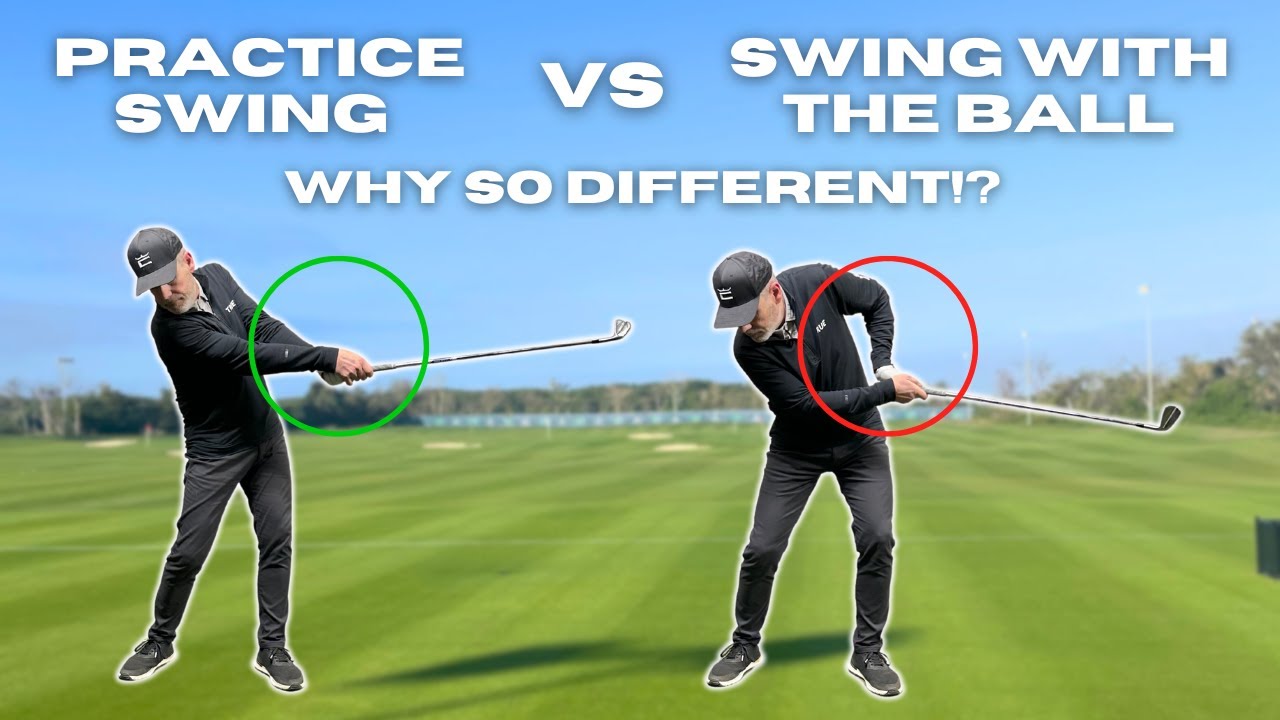
You hear that one all the time; I wish I could put my practice swing on the ball! We explain the huge importance of what to focus on to allow the ball to be perfectly in the way of your practice swing. Enjoy!
- LIKE0
- LEGIT0
- WOW0
- LOL0
- IDHT0
- FLOP0
- OB0
- SHANK2
-

 19th Hole1 day ago
19th Hole1 day agoJohn Daly stuns fans into silence with brutal opening tee shot on PGA Tour Champions
-
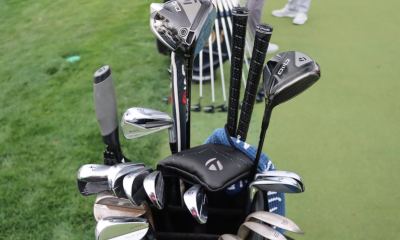
 Whats in the Bag3 weeks ago
Whats in the Bag3 weeks agoScottie Scheffler WITB 2024 (March)
-

 19th Hole3 weeks ago
19th Hole3 weeks agoPaulina Gretzky opens up on receiving death threats following DJ’s move to LIV Golf
-
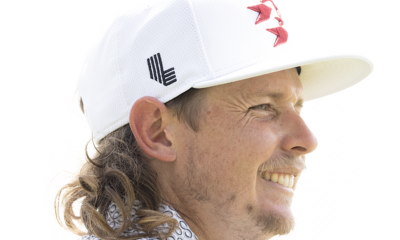
 19th Hole3 weeks ago
19th Hole3 weeks agoVincenzi’s LIV Golf Hong Kong betting preview: Trio of major champs primed for big week
-

 19th Hole5 days ago
19th Hole5 days ago2-time major champ announces shock retirement from the sport at age of 33
-

 19th Hole6 days ago
19th Hole6 days agoEdoardo Molinari reveals the latest PGA Tour golfer to turn down ‘good offer’ from LIV Golf
-

 19th Hole1 week ago
19th Hole1 week agoScottie Scheffler had an interesting response when asked how he ‘quiets the noise’ following Players victory
-

 19th Hole7 days ago
19th Hole7 days agoJon Rahm dealt fresh blow to hopes of qualifying for 2025 Ryder Cup

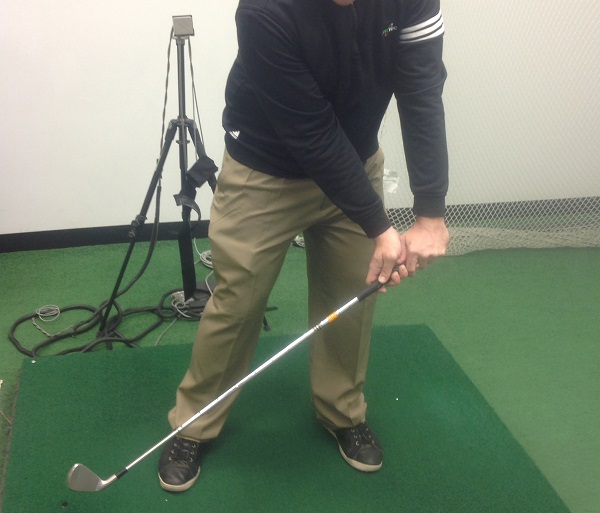














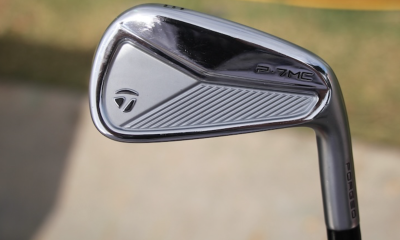

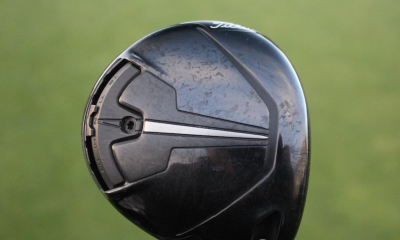

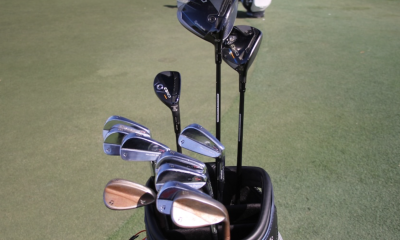

Dani
Sep 1, 2019 at 5:09 pm
I love golfwrx.com
I think it’s a great site!
Jeremy
Aug 19, 2016 at 11:05 am
Thanks for the article. It’s awesome to – as somebody like me whose swing drifts out of whack every couple of weeks with too little practice – feel the difference in the impact when contacting the ball before and after this correction.
It actually makes the swing feel easier, so lasts longer all day for consistent power, but the ball feels like butter more often and even sounds better. More of a clean click on contact rather than a struggly whap!. Ball flight too is way more piercing.
Josh McKinley
Oct 21, 2013 at 1:09 pm
Hey Scott,
Good article on the correct way to square the clubface through impact. Turning the watch is a good image to give to students to simplify this move. THanks!
Josh
blopar
Oct 10, 2013 at 8:54 am
go to http://www.rotarygolf.com and learn the biomechanics of a correct swing from “the lag doctor”
[email protected]
Oct 7, 2013 at 12:23 pm
Thanks for this article. My swing provides me feedback to when I’m pulling instead of rotating. Loss of distance and the shanks. Rotating the left arm through the ball has been the only reliable remedy for both..but I never really understood why. Thanks for the article.
regards……craig
TheLegend
Oct 6, 2013 at 11:01 am
+3 hdy. Hmmmmm I think we should get something strait. Your first move should be your shoulders turning followed by a great weight transfer, followed by your lead arm (so your left if your right handed)at the last 2 feet. You should be pulling with your left arm but only the last 2 feet. Your arms should only actually swing 2 feet at the bottom. Lag is created by the body not the arms. jack nicklaus and jhonny miller both pulled with the left arm but only at the last sec. The best players in the world use there big muscles to get the swing started and small muscles just to get a little bit of feel.
Josh McKinley
Oct 21, 2013 at 1:06 pm
Legend –
I agree that the big muscles should control the swing, but you are describing an incorrect sequence. The very first move from the top to start the downswing should be a weight transfer to the left side. This causes the hips to bump forward and begin turning toward the target. THEN the shoulders start to turn, following the hips, and finally the arms get PULLED down by the body. Scott is correct that, if you follow the proper sequence, you must rotate the left arm to square the clubface.
If you start the downswing by turning your shoulders first, you will get the club steep and, without some major compensating moves, have an outside – in swing path.
Joe Blow
Feb 10, 2019 at 6:12 am
Are you hot in a bikini?
Todd
Oct 6, 2013 at 9:46 am
Scott, Do you differentiate between arm rotation and wrist rotation?
Raymond Rapcavage
Oct 5, 2013 at 8:08 am
Scott,
Very good article by you and It is a relief that someone is talking IMPACT rather than droning on about making a perfect backswing. In our demo day clinics and my time with Jimmy Ballard we see 90% of golfers pulling down the handle, throwing their hands and arms, and rotating their forearms over each other to execute what they believe to be “releasing the club head”. When a golfer does this they miss in both directions and they rarely find the sweetspot of the clubface which is paramount to good ball striking .
Simply put you must lean the shaft forward at impact with a supinated or flat left wrist.
Consistant with your article is found on page 101 in Ben Hogan’s book “Five Lessons”… “AT IMPACT THE BACK OF THE LEFT HAND FACES TOWARDS THE TARGET ” and then on the following page there is an image of the left wrist supinating at impact and two frames after. If an amateur wants to know why the pros hit it so well then they should hone in on these two pages. Yes the backswing is important and other elements of the swing BUT you can do everything else perfect and IMPACT position wrong (cupping the left wrist) and you are doomed to being a bad ball striker.
Cheers,
Raymond Rapcavage
The Golf Swing Shirt Company
http://www.golfswingshirt.com
naflack
Oct 5, 2013 at 4:04 am
the old pull the handle bit…
i was its victim at one point as well.
the illustrations really convey the message.
Bill Shooter
Oct 4, 2013 at 12:10 pm
8000 lessons in 9 years is quite a bit!! I bet you really increased that lesson total at Royal Hawk CC.
Scott Hogan
Oct 4, 2013 at 7:05 pm
You know it, can I ask what you happen to shoot when you play golf Bill???
Mr Ted Cronk
Oct 4, 2013 at 10:55 am
Scott, I’ve been struggling mightily with the concept of late release, pulling the handle down from the top and executing my interpretation of creating ‘lag’. In fact, I’ve often wondered if I shouldn’t be doing just the opposite. When I just relax everything and allow the lead arm to rotate, I hit my best shots. Unfortunately, I didn’t trust that this was the way to swing the club or that I was getting the maximum distance I could achieve.
Now I look forward to the next session at the range and allowing the rotation to happen naturally. I should have trusted my inner voice and now, thanks to your article, I will.
I’ll let you know how it goes.
Ted